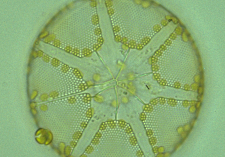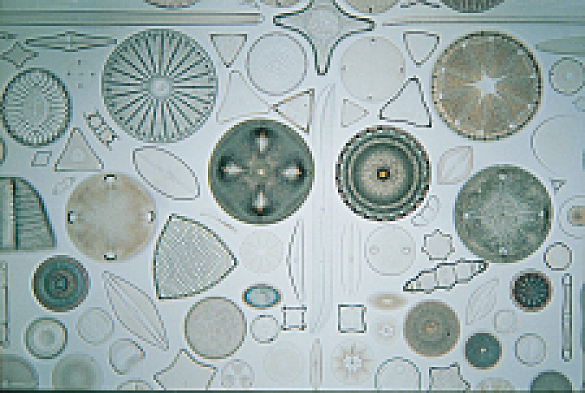Bremerhaven experimental house for bio-inspired, climate-friendly and people-friendly, resource-efficient architecture

At present, the construction sector generates around 11 per cent of global carbon emissions each year – not least due to the energy-intensive production of concrete. The BEA research project is being launched in Bremerhaven, with the aim of transforming future house-building and building services engineering. The intention is to use regenerative natural materials in buildings in order to conserve resources and in particular to cut carbon emissions.
The project deploys structures of marine organisms in combination with selected sustainable materials for construction. This can achieve several different environmentally relevant effects, such as material substitution, the use of regenerative materials, reductions in carbon emissions by reducing or avoiding the use of concrete, and the saving of energy by means of passive, heat-insulating systems.

Substituting materials with load-bearing functions
Adapted bionic structuring (e.g. additive manufacturing) in combination with other natural materials (e.g. basalt, fibres, wood) is to be used for substitute load-bearing materials. They are to be environmentally friendly, locally available and resource-efficient. Also, concepts for breathable, heat-insulating lightweight walls are to be developed, on the basis of fractally composed shell structures, particularly of diatoms.
Fractal shell reinforcements based on the structures of diatoms and other organisms are to be used to develop load-bearing wall structures which can be covered with very thin, transparent layers. The prototypes, i.e. wall modules of various sizes from the results obtained, will be built into available (existing) buildings and containers (BEA platform). Where possible, they are to be tested and evaluated by users and visitors.

This project focuses on crisis management and transformation to a greener and digital economy and is supported by our heroine Ronja.